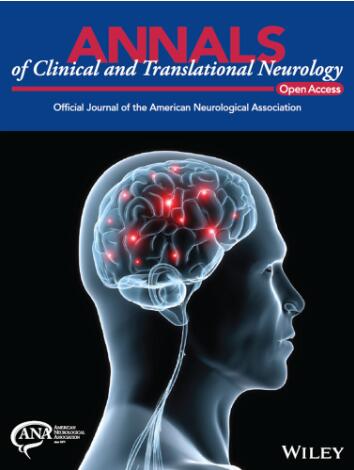Healthcare use is elevated two decades before a first demyelinating event and differs by age and sex
Abstract
Objective
Elevated healthcare use before multiple sclerosis (MS) onset suggests earlier opportunity to identify MS. Yet their timing and sociodemographic effects are unclear. We examined rates of healthcare use (and by age/sex) for >two decades pre-MS onset.
Methods
We identified people with MS (PwMS) using administrative data from Canada (Ontario) and Sweden (1991–2020) (“administrative” cohort), and the Swedish MS Registry (“clinical” cohort). The first MS/demyelinating diagnostic code (administrative) or symptom onset (clinical) defined MS onset. We compared annual rates of healthcare use (hospital, physician, and emergency-room [ED]) pre-onset between PwMS and up to five matched population controls using negative binomial regression, and by age/sex.
Results
The administrative cohort = 35,018/136,007 PwMS/controls (Ontario), and 10,269/51,297 (Sweden). Rates of healthcare use were higher for PwMS than controls up to 28 (of 29) years (Ontario) and up to 15 (of 19) years (Sweden) pre-onset. Annual healthcare use rose steadily as onset approached, particularly escalating 7 years pre-onset in Ontario (e.g., hospital visit rate ratios [RRs] exceeded 1.30), and 6 years in Sweden (physician visit RRs > 1.10). RRs peaked the year pre-onset (ED visits [Ontario] = 3.04; 95% CI: 2.94–3.13, physician visits [Sweden] = 2.51; 95% CI: 2.44–2.59). In the year pre-onset, RRs were disproportionately higher for males (ED RRs [Ontario] = 3.30; 95% CI: 3.13–3.48 vs. females = 2.90; 95% CI: 2.79–3.02), and dropped steadily by age (physician visit RRs [Sweden] = 2.61/2.27/1.97/1.72 for 50/40/30/20-year-olds). The smaller clinical cohort (7604/37,974 PwMS/controls) exhibited similar patterns, albeit more modest, with RRs elevated up to 5 years pre-onset (physician visit RR [year-5] = 1.08; 95% CI: 1.02–1.14; RR [year-1] = 1.39;1.33–1.46).
Interpretation
Higher healthcare use was evident decades before MS onset, escalating 6–7 years pre-onset, peaking the year before, being disproportionately higher for males and older PwMS.


 求助内容:
求助内容: 应助结果提醒方式:
应助结果提醒方式:


